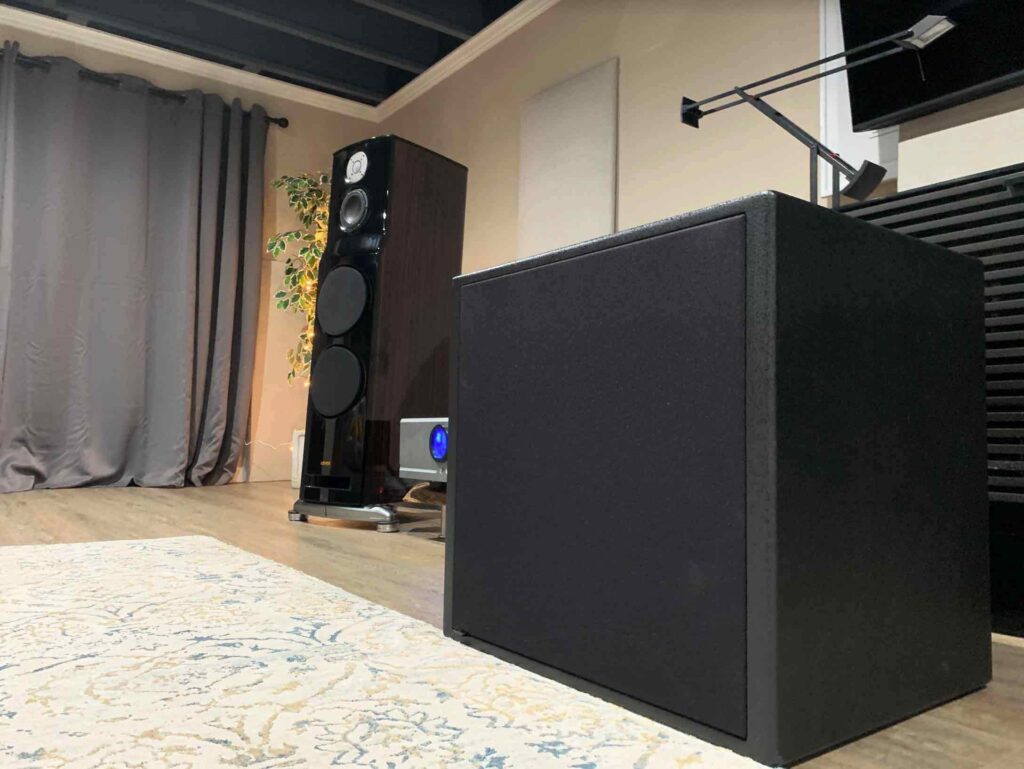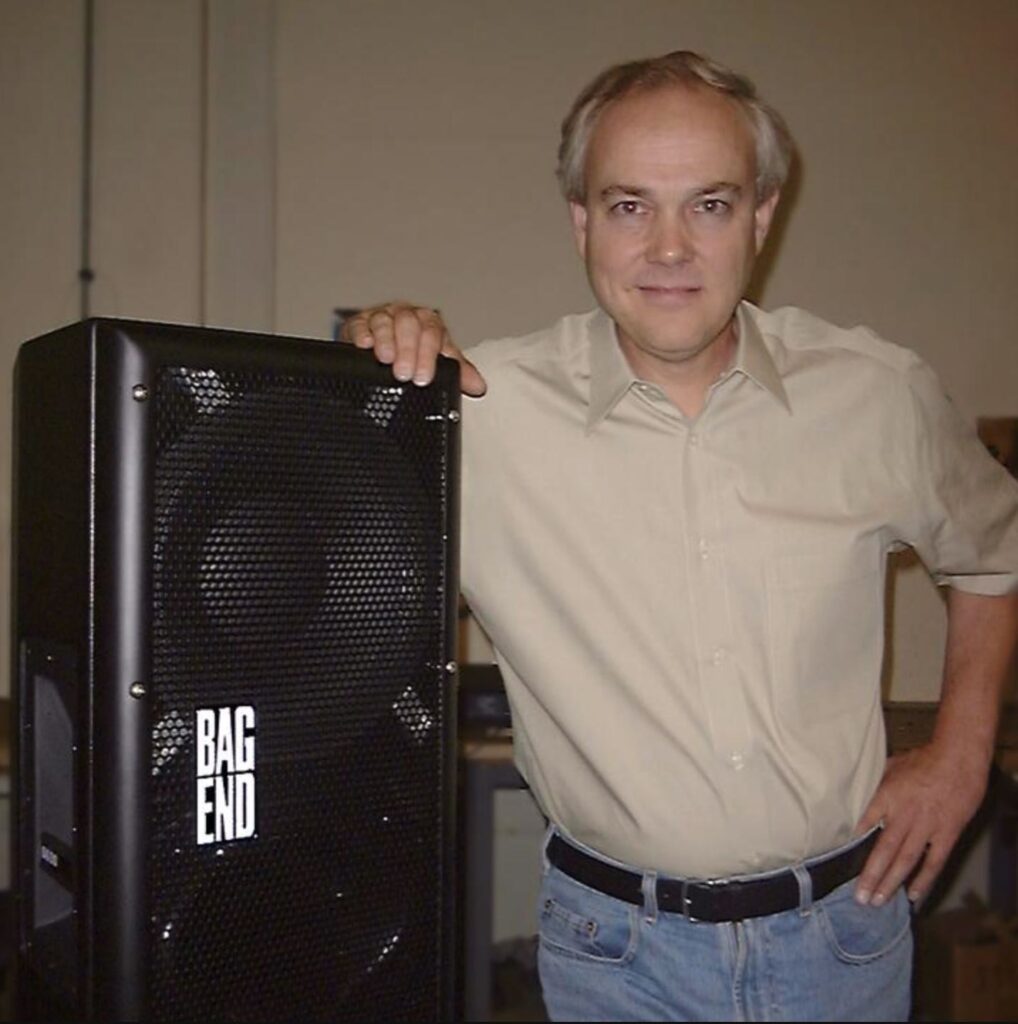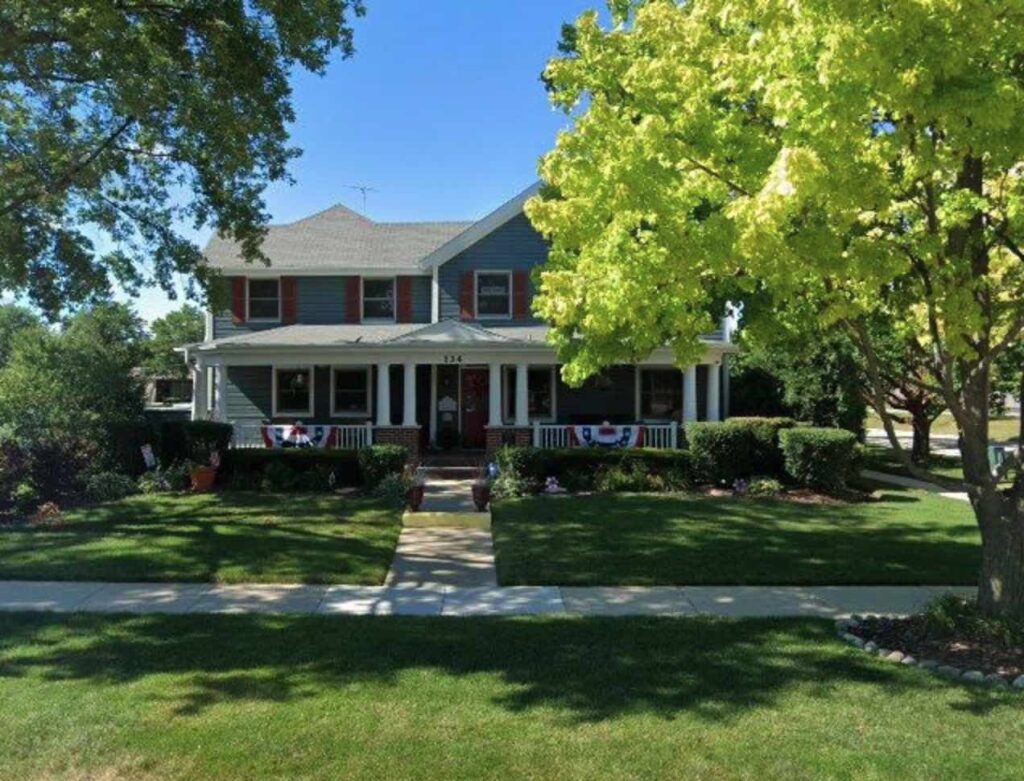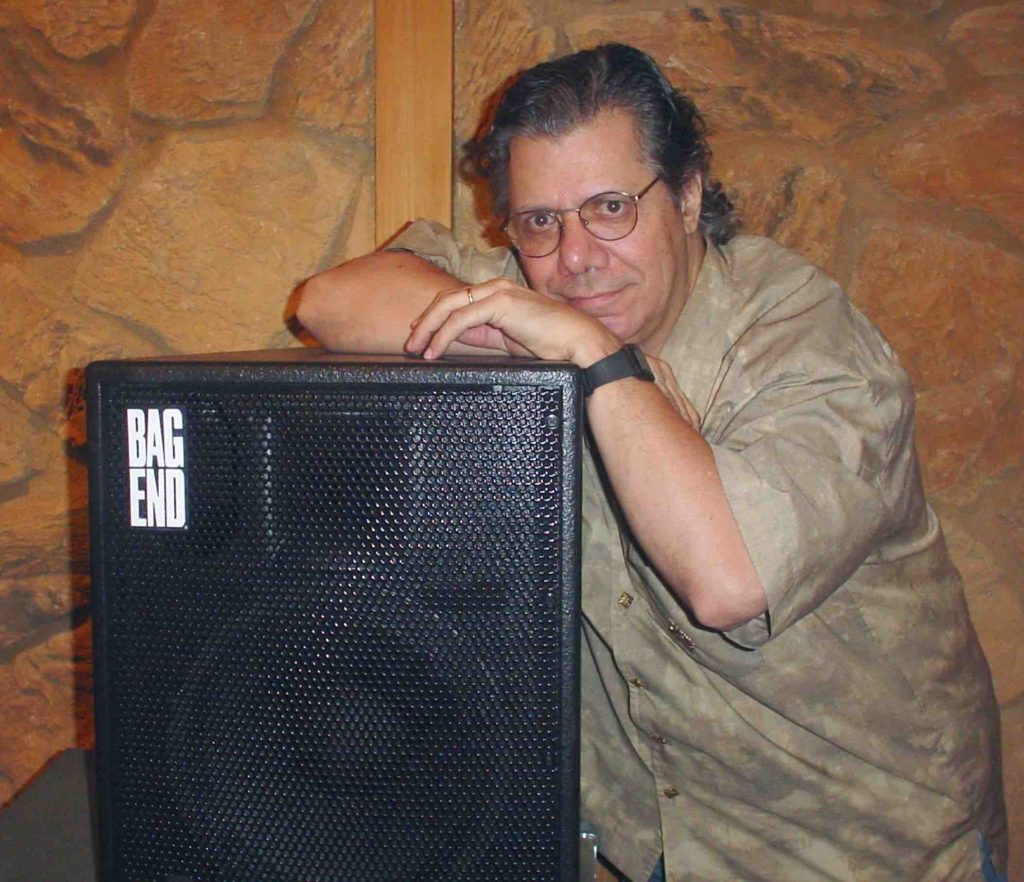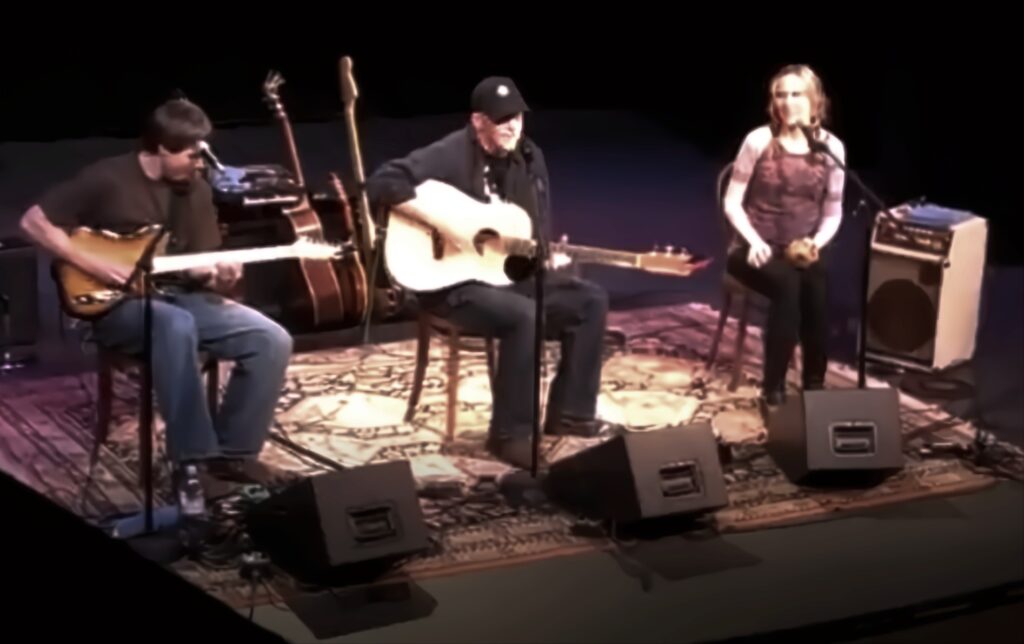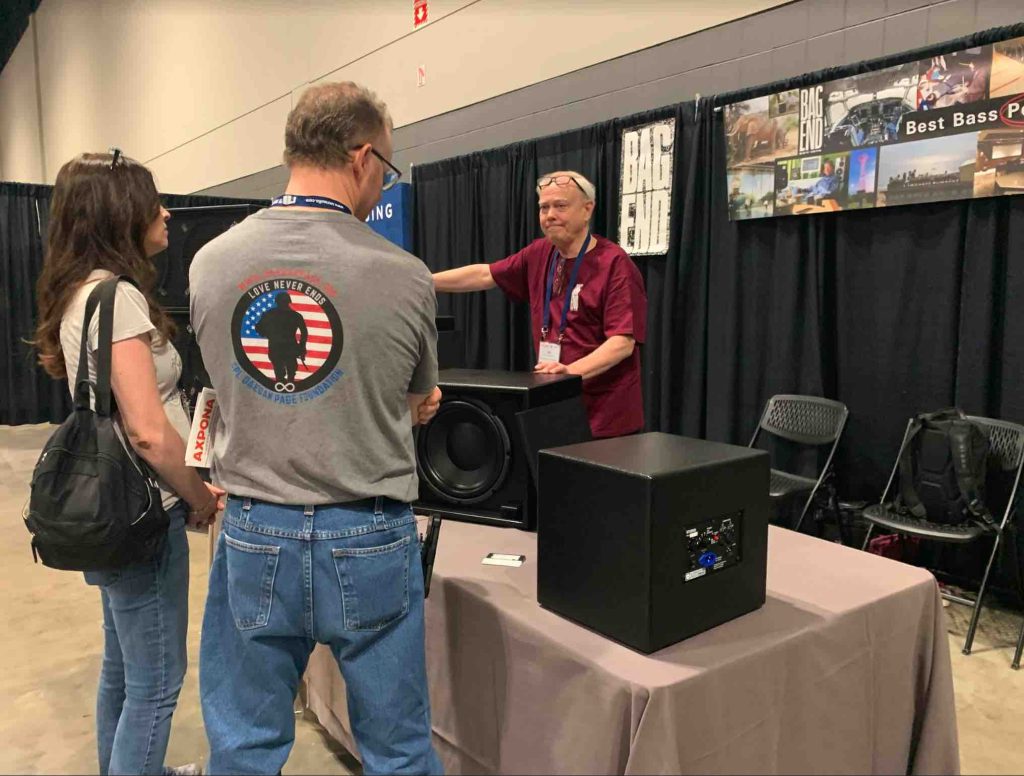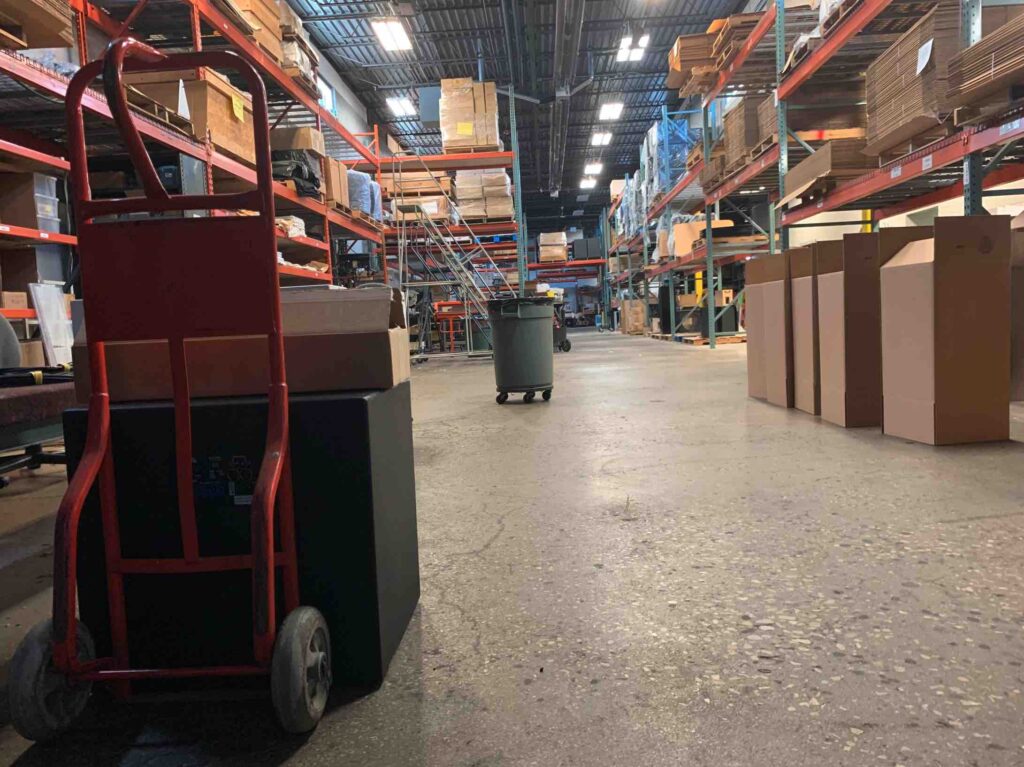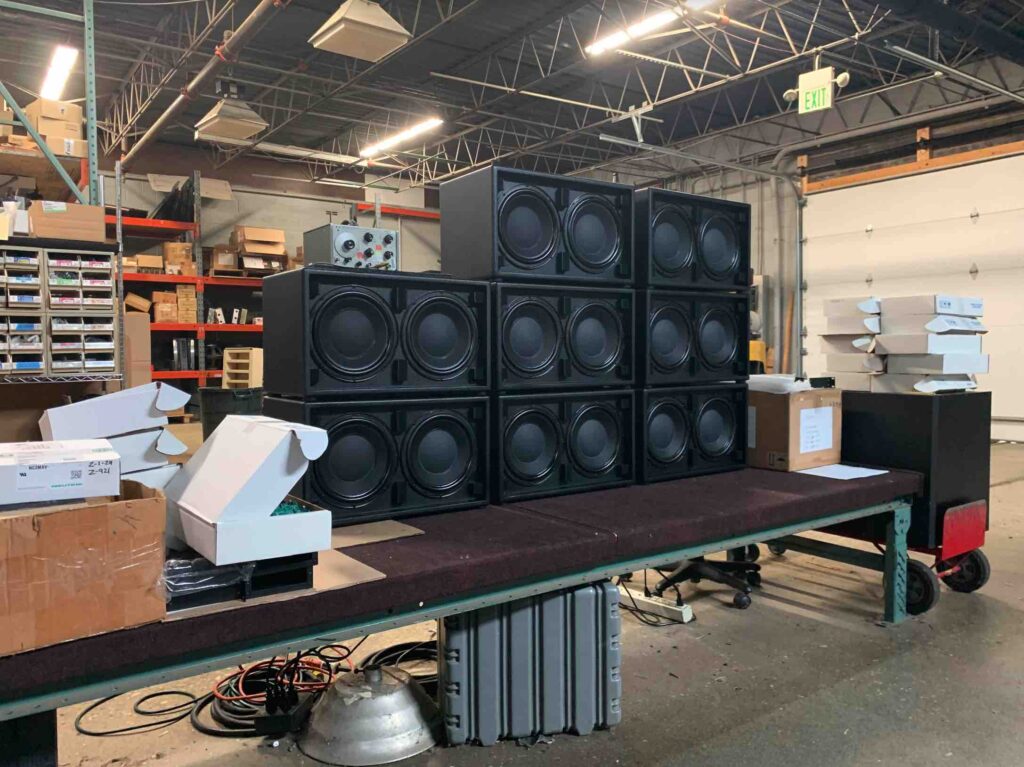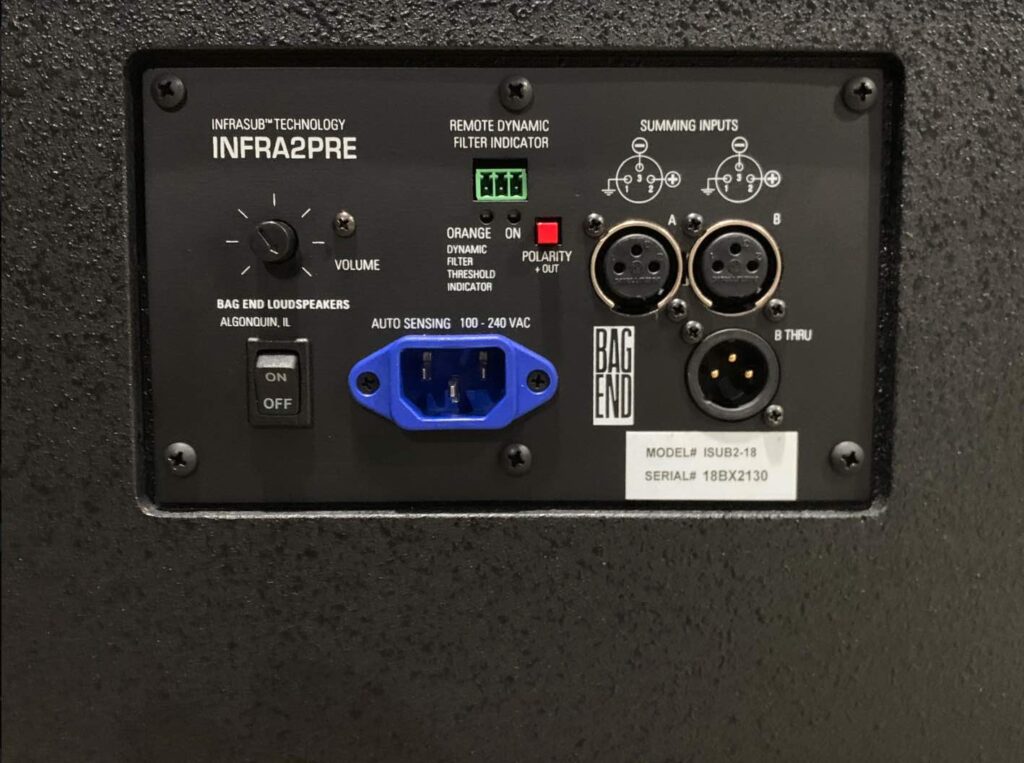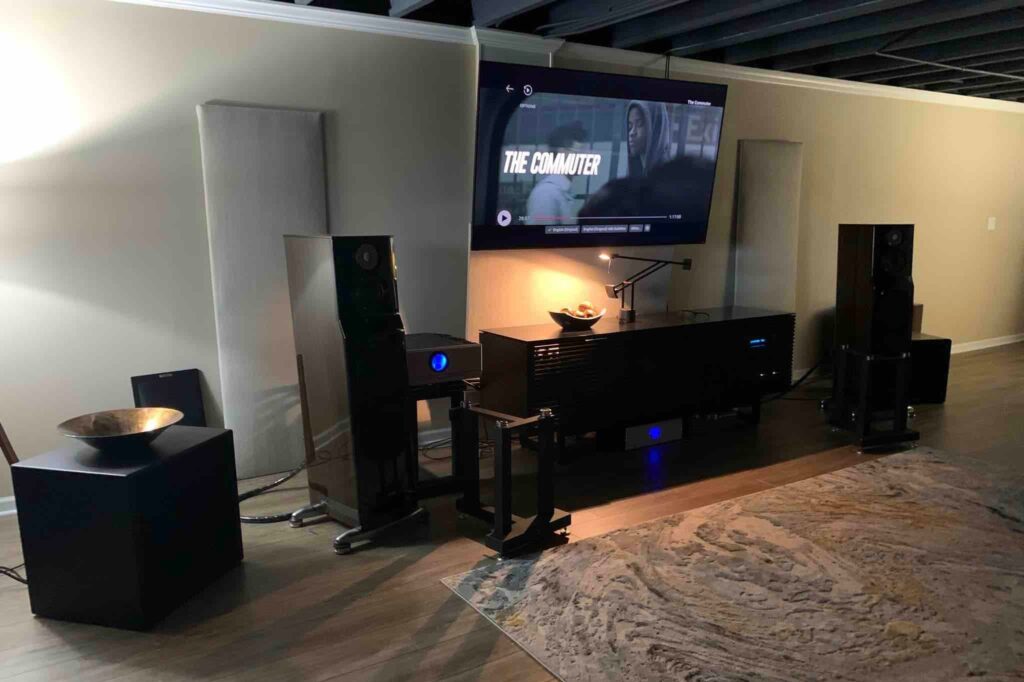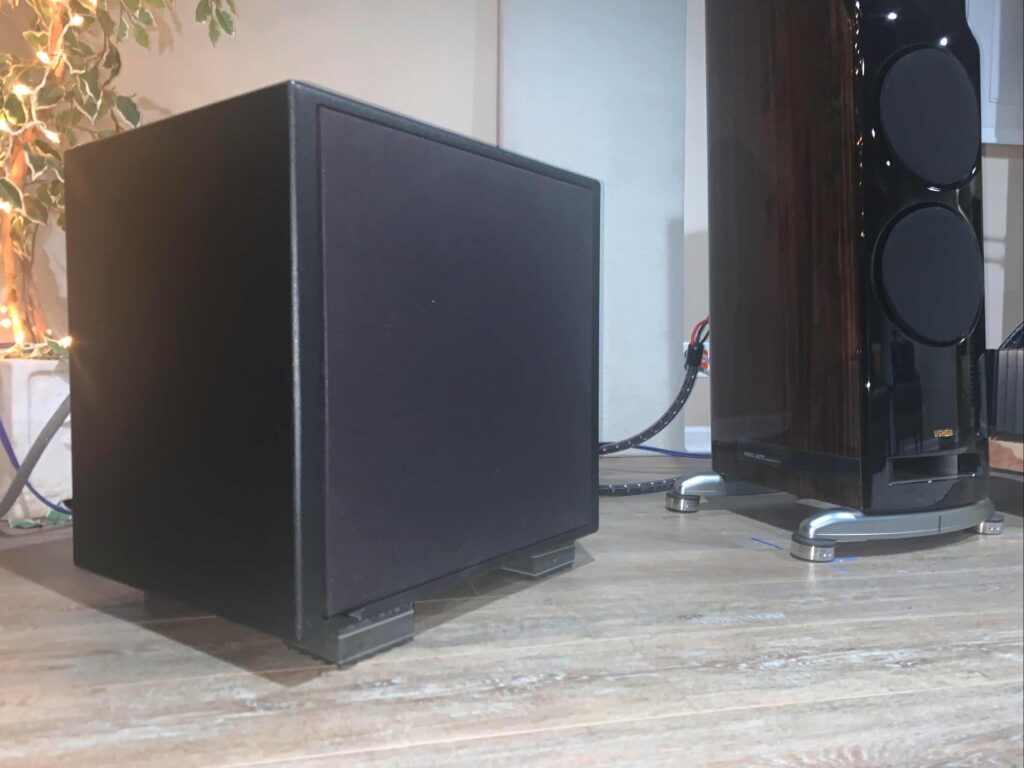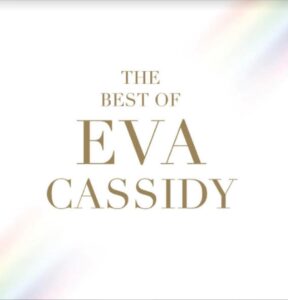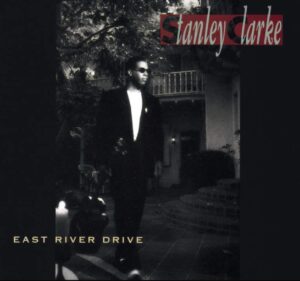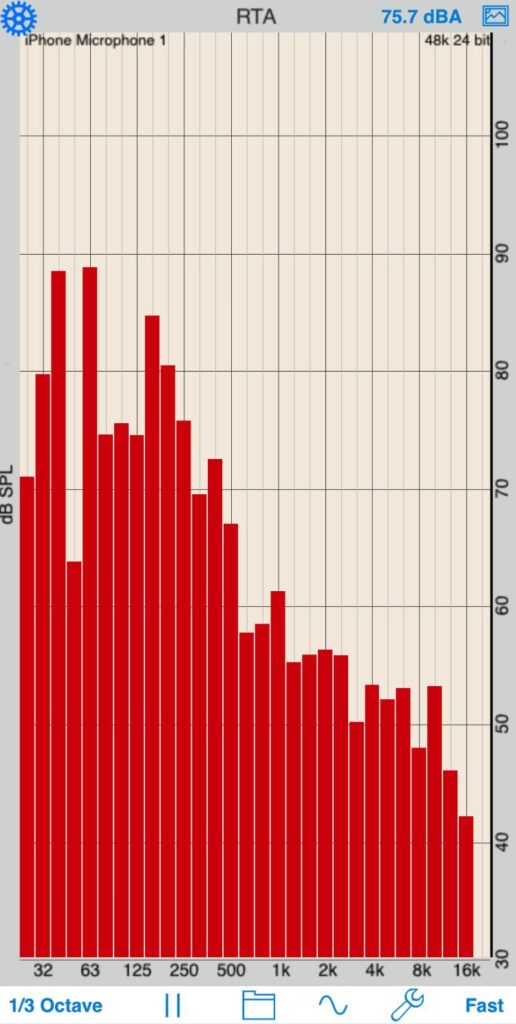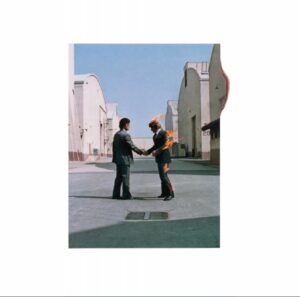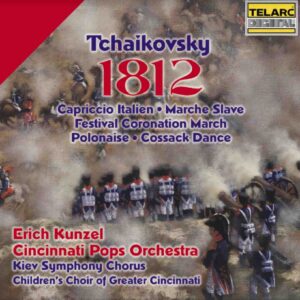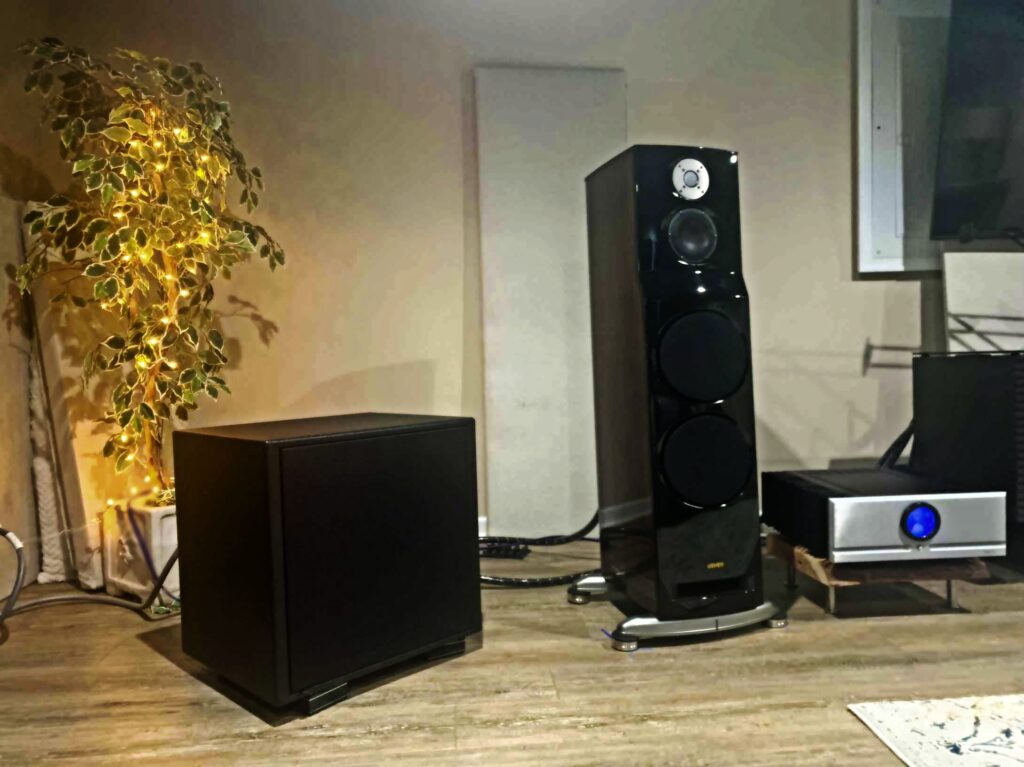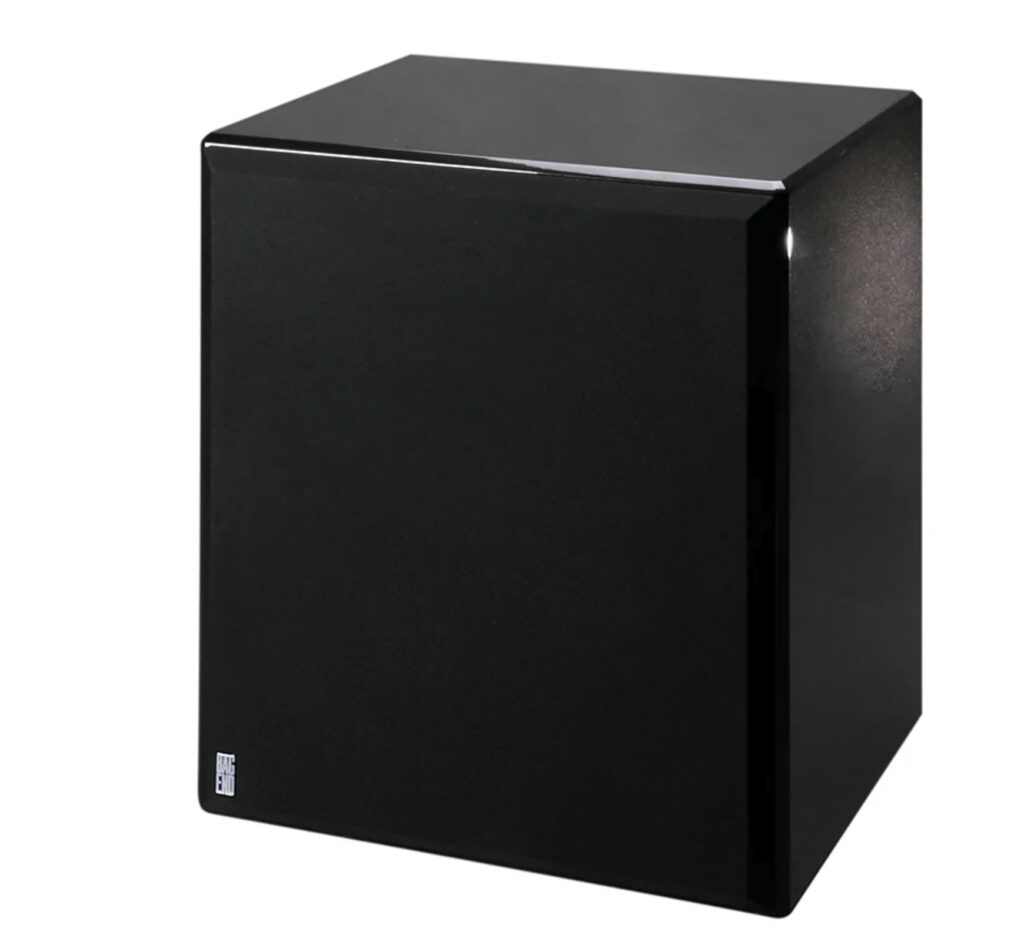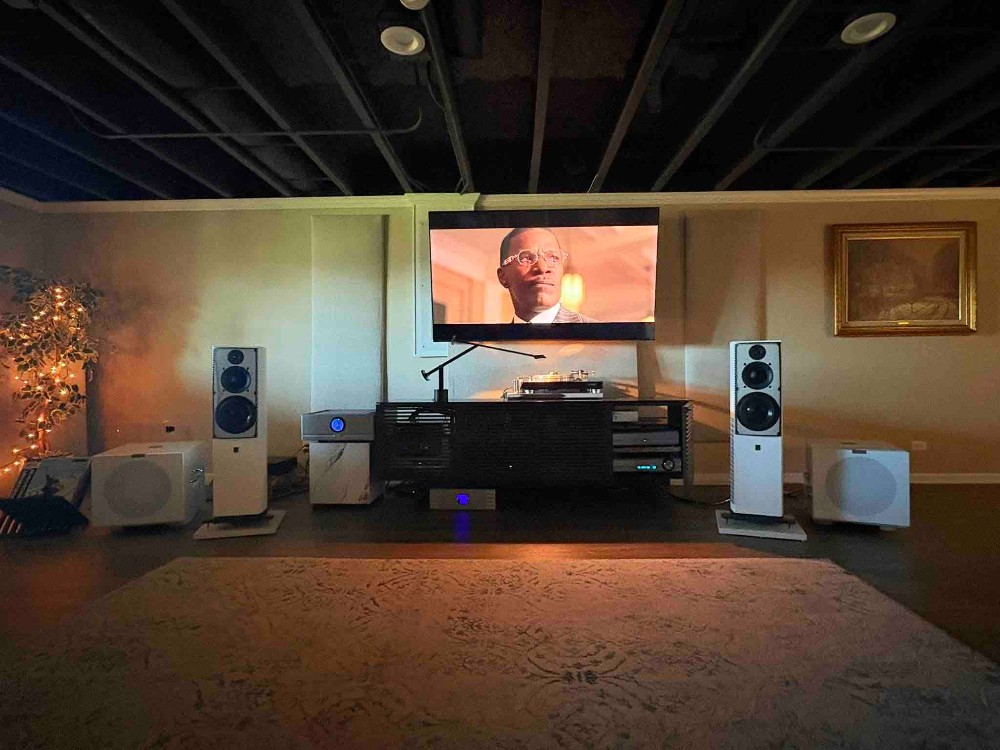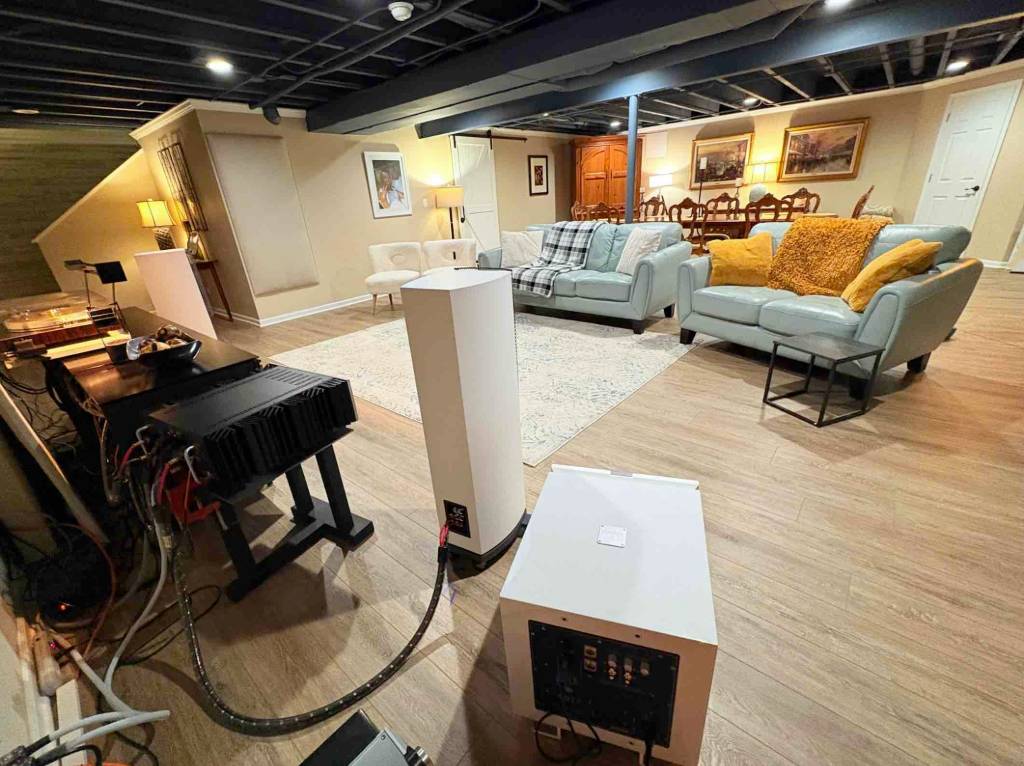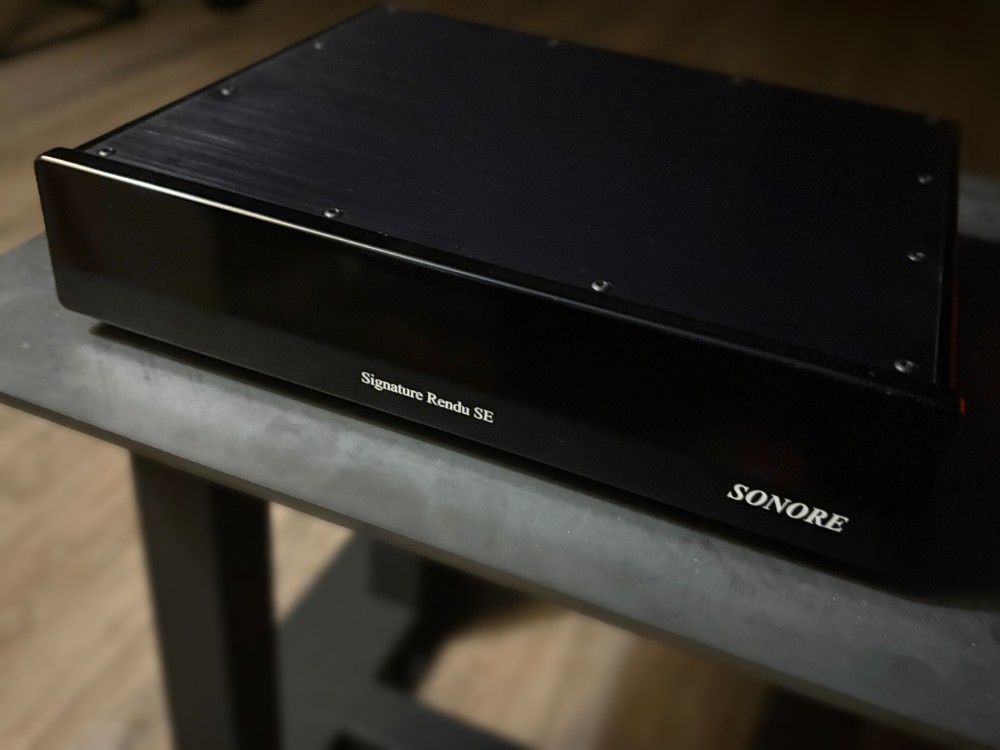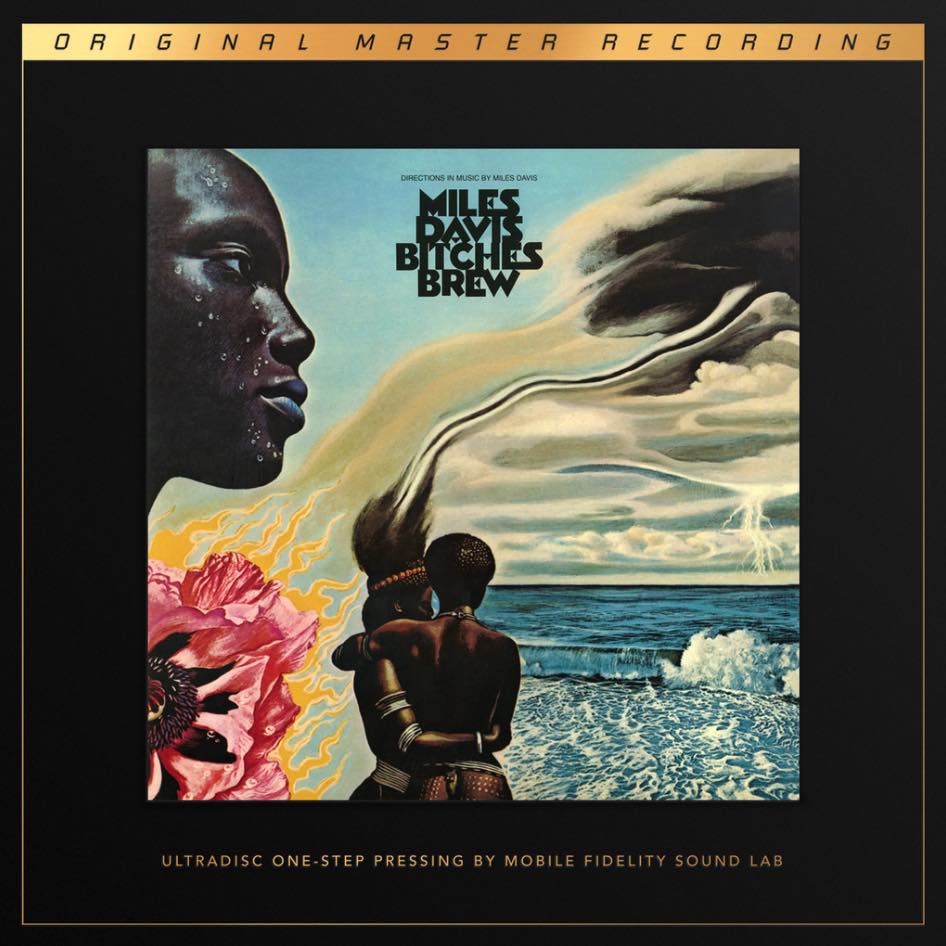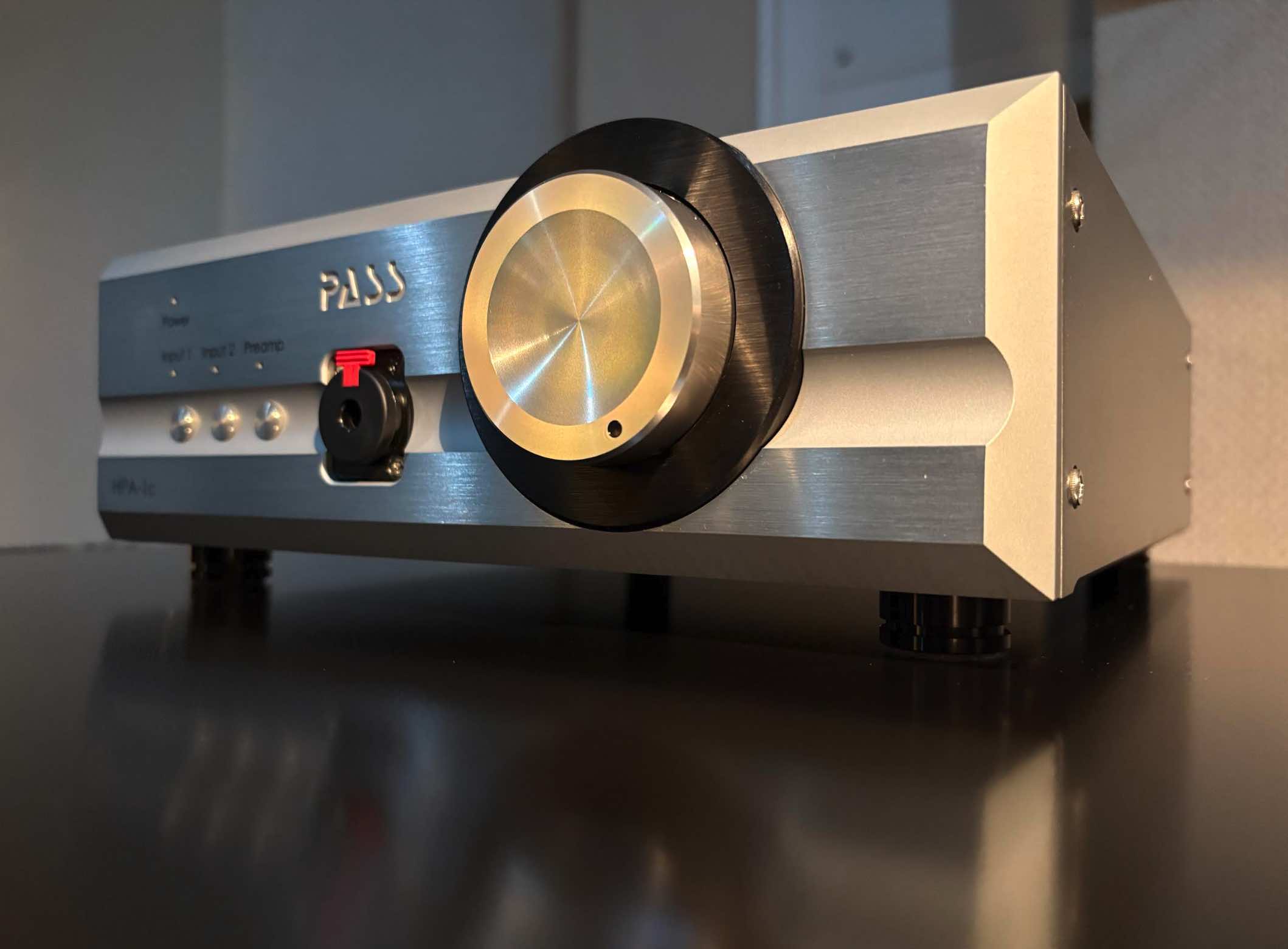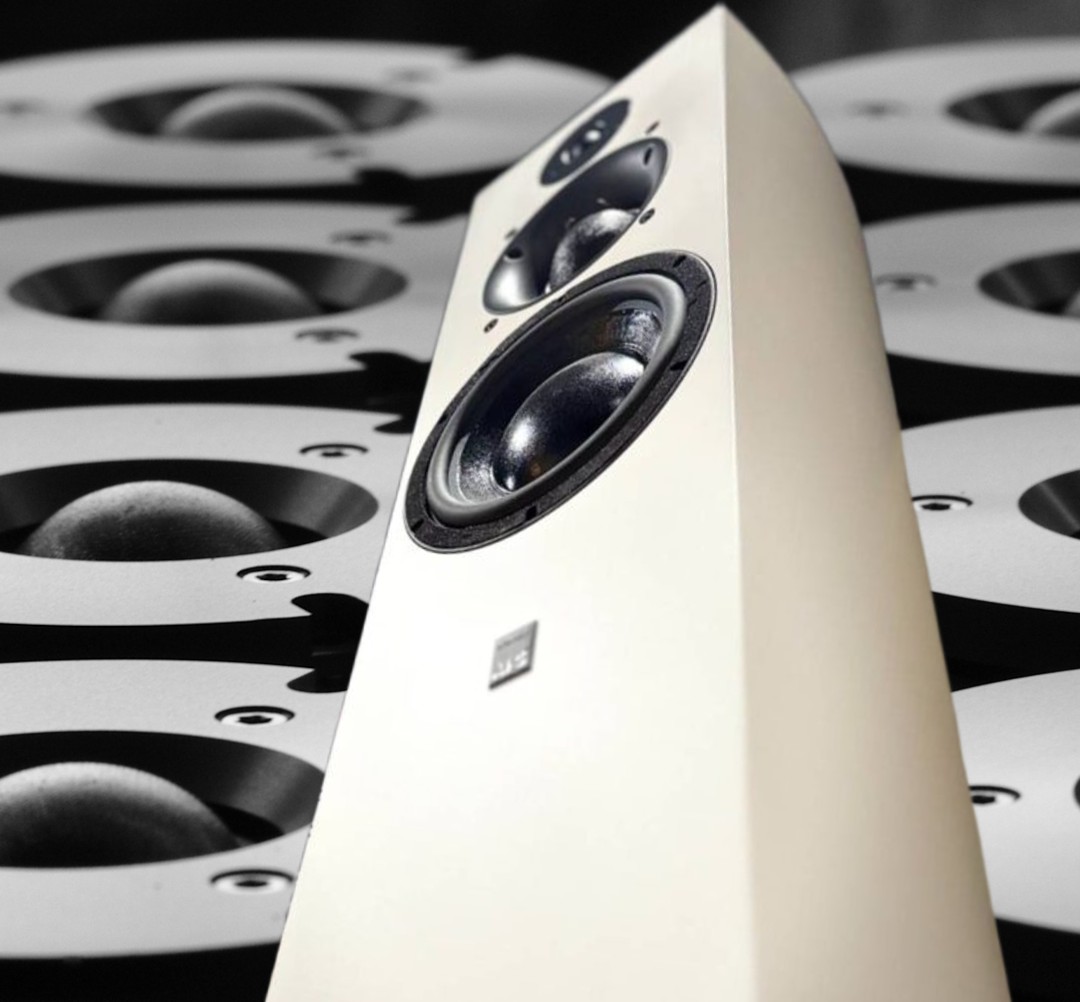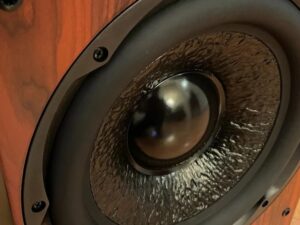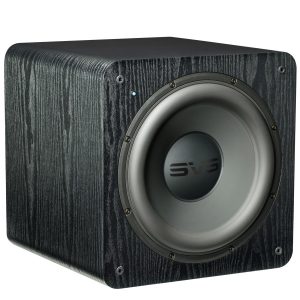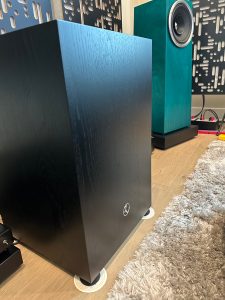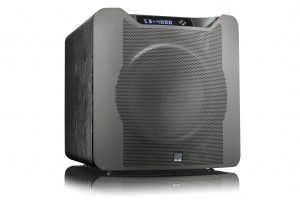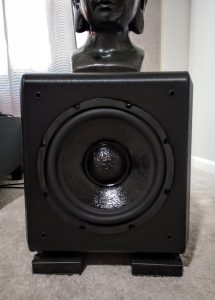The Bag End ISUB2-18 18" Infra Self-Powered Subwoofer System sits in repose in my listening and A/V room
Have you ever wondered what it would be like to use the top-notch equipment renowned musicians like Tom Petty, Chick Correa, and Prince have used to produce and/or perform their hits? Long recognized by discerning artists and recording studios for their superb reproduction of the lower end, Bag End Loudspeakers recently afforded me that opportunity with their powered Bag End ISUB2-18 18" subwoofer.
If you're unfamiliar with their sound, "they're musical, natural-sounding; it doesn't sound like a subwoofer," longtime Bag End partner, Jim Wischmeyer says. "That's because their time domain performance is so good."
The fact that both Correa and Prince—both known for their perfectionism—were Bag End clients piqued my interest. Correa, who was arguably one of the preeminent jazz pianists of the last 50 years, was compared to Herbie Hancock in a piano blog as follows: "I think Correa is more of a perfectionist when compared to Herbie, I've never seen any glitches throughout Correa's performance, not even a very, very small one like an 'unintended grace note'." (www.learnjazzpiano.com)
James Wischmeyer in a dated photo with a Bag End loudspeaker (photo courtesy of bagend.com)
The 'Long Story' about Time Alignment
"As a young man interested in music and sound systems, I was fortunate to meet Ed [Long] in the summer of 1975," Wischmeyer wrote at Bagend.com. "I proudly represented his company, Calibration Standard Instruments, selling his revolutionary studio monitor loudspeakers. In part, meeting Ed inspired me to participate in the founding of Bag End Loudspeakers. Throughout the next 30 years E. M. Long Associates consulted and licensed [their] technology and patents to Bag End."
Why the fuss? "Ed invented the first Time-Aligned loudspeaker system," he continues. "A fundamental breakthrough in loudspeaker design, Time-Align® Loudspeakers assure that the fundamental and overtones of a complex, transient, acoustical signal are presented to the listener in the same relationship as the electrical signal at the input terminals of the loudspeaker." To this day, excellent time alignment plays a big part in Bag End's success in the pro music industry. (You can read more about that HERE.)
Photo courtesy of Redfin.com
Rising from the Depths of Ma's Basement
Bag End began in the basement of 134 W. Slade Street in downtown Palatine, Illinois in 1976. Founders James Wischmeyer and Henry Heine had teamed up with "a third partner at the time, whose mother owned the house," Wischmeyer, who handles the marketing side of BE, recalls. "We moved out in the mid-80s." It was later turned into an historic site, a fact not lost on him, although he's quick to say that its historical status has nothing to do with Bag End. Having visited it since then, he notes that the basement, "still has scribbles on the wall." Since then, Bag End Loudspeakers have become a noted player in the pro audio market.
The late Grammy Award-winning Chick Correa said, "One of my favorite things about the Bag End sound is the punch and evenness...the totally untechnical, final key is whether it's pleasing to me and represents what I think the music should sound like." (bagend.com)
Onto Bigger and Better
Currently, Bag End Loudspeakers manufactures in facilities on two continents, producing a full line of loudspeakers, amplifiers, and system processors. Its customer base is wide and varied, including "recording studios, performing arts centers, houses of worship, museums, sports facilities, laboratory research, homes, and just about everywhere high-quality sound is desired," according to its website. (https://bagend.com)
Some of their notable clients include:
- Chick Correa (who became a good friend of engineering partner Henry Heine)
- Tom Petty
- Prince
- Waylon Jennings
- The Counting Crows
- Electric Lady Studios, a recording studio commissioned by the late Jimi Hendrix in 1968, uses their subwoofers.
- Sony Music. They have three facilities and 27 to 30 studios, according to Wischmeyer.
- The Obama Presidential Center that's currently being built in Chicago features Bag End studio monitors and subs.
- Bell Helicopter Textron and NASA. They used a Bag End subwoofer system to reproduce specific sounds in a joint research project for measuring characteristics of soundproofing components designed for use in a tiltrotor aircraft being developed by Bell.
- DC Convention Center
- The New York Stock Exchange Boardroom
- L3 Tactical Operation Flight Trainers. As a long-standing supplier of F/A-18 flight simulators, L-3 uses Bag End subwoofers for its latest generation of F/A-18 Tactical Operational Flight Trainers (TOFT), in tandem with L-3 Link's SimuSphere® visual system display for training pilots in low altitude flight, field, carrier takeoffs and landings, air-to-air and air-to-ground weapons delivery, electronic countermeasures, and emergency procedures.
- The late Microsoft co-founder, Paul Allen. "He had Bag End subwoofers in every room of his three to four-hundred-foot yacht," Wischmeyer marvels. "I couldn't disclose that when he was alive, but now that he's passed, it's alright."
Willy Porter, at center, wowed us at the historic Woodstock Opera House on a Bag End house system in May 2010 (Still image courtesy of Steve McCoy/YouTube)
A Personal Connection
On a more personal note, I used their Bag End TA-15 loudspeakers for over 10 years as a mobile DJ (mounted on stands and paired with a Crown PB-3 amp, they were full-bodied, balanced, and superb in a ballroom), and early in my courtship with my wife Belle in May 2010, we were wowed by singer, songwriter, and guitarist, Willie Porter, performing on a Bag End house system at the cathedral-like Woodstock Opera House in Woodstock, Illinois' historic Victorian town square. And later as newlyweds, we spied gorgeous custom Bag End loudspeakers in natural maple finish at the Wild Onion Brewery in Lake Barrington, IL which we frequented (Bag End headquarters were just down the road from the Wild Onion at the time—but have since relocated to Algonquin several years ago).
James Wischmeyer showcases subwoofers from his Bag End table at AXPONA 2023. You can read my report HERE.
Fast forward to April 2023: while covering AXPONA 2023 for Positive Feedback, I encounter Wischmeyer and Heine at the Bag End display in an exhibit hall at the Renaissance Schaumburg Convention Center. I mention that after I set my Pass Labs 150.8 amplifier on my subwoofer, some audiophiles criticized me for it in online forums—even after its renowned designer, Nelson Pass, said that would be fine (the amp rests on a 1/4" thick steel plate supported by EVP pads atop my Hsu Research ULS-15 sub).
"Audiophiles!" Heine exclaims. "When I hear the word, I cringe." A subwoofer is perfectly fine used as a pedestal for an amp, he assures. There's so much disinformation that's peddled as fact and sold for big bucks, he says. Waving his left hand towards the room's entrance, he adds, "There's a lot of that around here." Shortly afterward, Wischmeyer agreed to lend me an active Bag End ISUB2-18 subwoofer for review.
The Bag End ISUB2-18 18" Infra Self-Powered Subwoofer sits on a dolly atop the concrete floor of the Algonquin Bag End factory warehouse, waiting for me to take her home.
Factory Visit and Pickup
Months later, I visited the Bag End factory in Algonquin, IL., a suburb of Chicago roughly 40 miles from the Loop. It's a spacious facility loaded with inventory on multi-story shelving units in a woodsy warehouse district just west of Rte. 31 off Algonquin Road.
F-18G Fighter Jet Flight Simulator subwoofer units
Nearby, there's a bank of subwoofers mounted in a special configuration for F-18G fighter jet flight simulation. They recently shipped eight more F-18 simulator setups out to the military, making their total of over 100 so far.
Wischmeyer leaves to take a business call, and when he returns, we chat a bit more, and then I follow him to an exit door at the rear of the building where my car is parked.
He asks if I need help, I say, "No thanks," and I manhandle the bulky beast into the back seat of my Toyota Corolla. At 75 lbs. (34 kg), it's not super heavy, but at 22" x 21"x 18", it's uncomfortably bulky and awkward to lift and lower. In a way, it reminds me a bit of lifting my mom's 300 lb. next-door neighbor, who'd fallen out of her wheelchair years ago (my mom called me for help—I mean, what are sons for anyways?). Talk about dead weight! With no proper handles to grasp, I'd much rather lift my Pass Labs amplifier that weighs closer to 100 lbs.! However, I manage, and an hour later, I'm schlepping it downstairs to my listening room. It's not fun, and frankly, lifting and moving the Bag End InfraSub18 is a job better suited for two people rather than one!
Setting Up
The ISUB2-18 is coated with a durable, plasticky textured black Ro Tex™ environmental finish with an attractive, removable black mesh front cover secured by Velcro upfront, rubber feet underneath, and a smallish rectangular panel at the rear featuring a small rotating volume nob, on/off switch, a "remote dynamic filter indicator" input, an orange "dynamic filter threshold indicator light," a polarity out button, an IEC power plug receptacle, two female XLR inputs, and a male "through" XLR input.
It does not come with unbalanced RCA inputs, so link it to my Pass Labs XP-12 preamplifier via balanced cables to the female XLR inputs and connect the Pass Labs X150.8 amplifier, which drives the mains, my Usher Audio ML-802 loudspeakers.
Next, I experiment with positioning and end up placing the ISUB2-18 roughly 4' 9" from the front left corner of the room, extending out at a 45-degree angle, and comparing it with my Hsu Research ULS-15 Mk2 subwoofer, which is my reference. Like the Bag End, the Hsu is sealed, not ported. At 19" x 18"x 19" and 65 lbs., it's a little smaller, 10 lbs. lighter, and less expensive. Sold factory direct, it retails for $989 (in contrast, the ISUB2-18 is sold through retailers, who add their markup).
Displaying a decorative bowl, the Bag End InfraSub18 at far left plays in tandem with the Hsu Research sub just beyond the Usher ML-802 loudspeaker at right, while a pair of Sound Anchor speaker stands are parked up front for a pair of Usher UA-50 monitors that were in for review. You can read that HERE.
Belle and I enjoy music and watch HD TV and movies with the added benefit of the ISUB2-18 in play. Not surprisingly, we both notice that ISub 18, with its larger 18" driver, brings a slightly larger, richer, and fuller presentation of the lower end in appropriate places like explosive action scenes, heavy rock, or EDM—yet it's not overpowering or artificial sounding. It's fitting. Later for kicks, I use both subwoofers in tandem, with the ISUB2-18 to the left side, and my Hsu to the right. Wow. Even though lower bass frequencies are supposed to be omnidirectional, the case for using two subwoofers is made! The enhanced spatial cues afforded by locating a dedicated subwoofer for the left and right channels are astoundingly brilliant! Drama and action movies never sounded and felt so amazing in my home! However, this review is for one Bag End ISUB-218" powered subwoofer, not two, so I digress. Ah, it's been great fun! But now it's time to do my formal evaluation.
The Bag End InfraSub18, atop A/V RoomService EVP Equipment Vibration Protectors, sits upfront to the left of my Usher ML-802 loudspeakers (on IsoAcoustic Orea Bordeaux Equipment Isolators) tethered to the Pass Labs X150.8 amplifier with reference Straight Wire Crescendo 3 speaker cables.
The Listening Session
I alternatively position both subs 4' 9" from the left front corner of the listening space—which is located in the front half of the 32' x 22' main space of a finished basement with a painted exposed ceiling that's roughly 9' high (you can read more about it and the system by clicking on my byline at the beginning of the article). A four-inch thick bass trap panel backed with polyester fiberfill-stuffed pillows is seated in the corner. I set the Hsu crossover at 50 Hz, and the volume was just shy of ¾ max. Both subwoofers are seated atop heavy-duty A/V RoomService EVP isolation pads (HERE). All the lifting and moving of their short, heavy cabinets makes for a sore back, but it's all in a day's work of a reviewer (the gripping action of the rubber bottoms of the EVPs—or the ISUB2-18's feet—don't allow you to slide them).
In esteemed audio setup guru Jim Smith's Get Better Sound, the author offers one of the best ways to set up a subwoofer is to evaluate its effect on female vocals, and towards that end, with both the Hsu and Bag End, Cassidy's vocals and acoustic guitar, Keith Grimes' electric guitar, and Lenny Williams' piano are rich and natural, while Chris Biondo's bass sounds live and true in Eva Cassidy's "Ain't No Sunshine" (Eva Cassidy. The Best of Eva Cassidy. Qobuz FLAC 44.1kHz, 16-Bit. Blix Street Records, 2012).
Celebrated bassist Stanley Clark's ambling, low sequenced bass passages form the foundation, while his nimbler and brighter-sounding precision bass work dances about, interwoven with Munyungo Jackson's percussion in "Justice Groove" (Stanley Clark. "Justice's Groove," from the Columbia Motion Picture, Poetic Justice). East River Drive. ALAC 44.1kHz, 16-Bit. Epic, 1993).
A Screenshot of my RTA app on my iPhone
At a volume setting of 70 on the Pass Labs XP-12 preamp, with the Hsu in place, the bass below 32Hz frequently peaks around 72 dB while other segments, like the 63Hz band, regularly breaching 85 dB and 100 through 160 peaks around 90 and the overall volume peaks around 80 dB; without it, it peaks around 53 and occasionally approaches 60 dB. (I measure this with the RTA app on my iPhone using its internal mic 11 feet away from the subs).
Switching in the Bag End ISUB2-18, the bass below 32Hz sometimes peaks around 74, but its impact in the 100 to 160Hz region regularly peaks around 92 (100Hz occasionally hitting 96 dB).
With both subs, the low end is richer than without, but with the Hsu, sub-32Hz frequencies seem a little punchier, while the Bag End blooms a bit richer and fuller up through the 160Hz range.
Boosting the volume to 80 on the Pass Labs XP-12, amidst buzzes and whirs, the low-end rumble and throbs and drones in the introduction of "Pink Floyd's Welcome to the Machine" hover around 80 dB sans subs (Pink Floyd. Wish You Were Here. Qobuz FLAC 192kHz 24-Bit. Pink Floyd Records, 1975). With the ISUB2-18 in play, 32Hz peaks around 95, 40Hz approaches 88 dB, while overall volume peaks around 83 and sub 32 peaks around 70 dB, melding extremely well with my Ushers, moving plenty of air, and making for a very musical experience.
With the Hsu, 32 and 40Hz peak around 85 dB, and 25Hz peaks around 72. It also melds well; turned up a touch louder, and the numbers broach 90 dB, but then a low-end chuffing, and throbbing rumble (similar to rattling windows)—as if it was breaking up under the sheer stress—kicks in. Afterward, I dialed down the volume a smidgen in the Hsu to remove this distortion. On the flip side, I never heard this distorted, throbbing sound in the ISUB2-18.
Both subwoofers sound great, but with the Bag End ISUB2-18 in play, the presentation sounds a little richer–especially up through the 160Hz region.
And, last, there's Eric Kunzel and the Cincinnati Pops Orchestra's rendition of "1812, Festival Overture for Orchestra in E Flat Major '' recording (Tchaikovsky: 1812 Overture. 44.1kHz/16-bit FLAC. Telarc, 1978). The choir, the timbre, and the tone of woodwinds and horns resounding in that hall and its vast, spatial quality are particularly breathtaking, while the crashing cymbals and the firings of a real cannon are palpable, breathtaking, and visceral.
In the final crescendo averaging around 83 dB and peaking around 87, with the ISUB2-18 in play, the cannon firing delivers 25Hz at 80 dB, 32Hz and 40Hz peaking around 92 dB, whereas with the Hsu, 25Hz peaks at around 94 dB, 32Hz around 98, and 40Hz at 90.
The overall impression is that while both subs perform very well, the ISUB2-18 does a better job of enriching the lower range of the audible spectrum ranging from 40Hz to 160Hz with its bigger driver, while the Hsu digs a smidgen deeper at the lower regions below 40Hz.
Summing It Up
It's not hard to see why Bag End subs like the ISUB2-18 Infra Self-Powered Subwoofer System have been the go-to for artists like Tom Petty, Chick Correa, and Prince—as well as professional studios and installations worldwide. You'll never mistake it for the overpowering throbbing and rumbling you hear when a teen pulls up next to you at a stoplight, rattling their car's windows and frames, and giving themselves and others in their vicinity an ultrasonic body cleanse with their overpowered car audio. For Bag End, it's a thing of beauty, precision, realism, and finesse. It can get down there when your signal calls for it, but it won't exaggerate.
Their use of Ed Long's time alignment technology no doubt assists it in maintaining musical, realistic sound reproduction in the time domain as it did in my TA15 loudspeakers back in the day. And in doing so, it enables them to ascribe to acclaimed Italian tenor Andrea Bocelli's dictum, "Tell the truth" with fidelity! During its tenure in my listening room, the ISUB2-18 melded seamlessly with my reference Usher ML-802 loudspeakers, enhancing the musical performance and experience.
And, for those who prefer near-field or low-volume listening, the ISUB2-18 delivers the bass, still sounding powerful, when you turn the volume down to where you can barely hear it. That's something that not every subwoofer can do.
For their outstanding aural attributes, accuracy, and performance, I give the Bag End ISUB2-18 a hearty thumbs up—Great job, Bag End Loudspeakers!
Features
- Single 18" Infra Subwoofer System
- Self Powered, Self Infra Processor with 5.1 Bass Management
- Configured For Studio Installation Applications
- Black Ro Tex™ textured, true water-born environmental finish or high gloss automotive black finish
Specifications
- System Type: Infrasub™ sealed chamber 3 ft3
- Input Configuration: Two Isolated Balanced XLR Magnet Input Connector: 2 XLR summing inputs. One female line level XLR male loop through
- Input Mode: 2 Summing inputs
- INFRA Module: 8Hz dual integrator
- INFRA Frequency Response: ±3 dB 8Hz to 95Hz (2p Steradians).
- INFRA system -6 dB frequency 95Hz (not adjustable).
- INFRA Level Control: Adjustable level
- INFRA Cutoff Frequency: Internally set 8Hz or 16Hz
- INFRA Overload Protection: Preset threshold Dynamic Filter circuitry
- INFRA Polarity: ± Push button switch
- RTI: Optional REMCON-2 Optional remote Dynamic Filter™ threshold indicator
- Threshold exceeded indication red LED
- Amplifier Output Power: 700 Watts continuous sine wave
- Low-Frequency Transducer: EL-18A 18" Extended transducer, Infra™ cone, 3" Voice coil, 120 oz.
- Enclosure: 18 mm, 13-ply birch plywood
- AC Power Requirements: Auto-sensing 100 to 250 VAC
- Finish: Black textured finish or optional high gloss automotive finish
- Grille: Black nylon cloth on the frame
- Dimensions (HxWxD): 22" x 21" x 18" (54 cm x 56 cm x 46 cm)
- Weight: 75lbs (34 kg)
- Internal Amplification: Minima 7™
- Input Impedance: 10K ohms
- Input CAL Sensitivity: +4 dB
- Maximum Continuous Amplifier Power: 750 W
- LED Indicators: Green - On Yellow - Dynamic Filter™ threshold
- Mains Voltage Requirements: Auto-sensing 100 / 120 / 240 V
- Mains Current Requirements: 2.3 A @ 120 V. 1.2 A @ 240 V
- Crossover Type: Internal Infra™ integrator inside
- Frequency Response: 8Hz to 95Hz ±3 dB
- Low-Frequency Limit: 8Hz
- Maximum Calculated Continuous Acoustic Output, Half Space @ 1 Meter: 10Hz - 89 dB SPL. 20Hz - 101 dB SPL. 40Hz - 113 dB SPL. 80Hz - 124 dB SPL
- Polarity: A positive asymmetrical signal applied to pin 2 will result in a positive asymmetrical acoustical pressure
NOTE: The Bag End ELF-1 Active Crossover was discontinued in 2000, but is available on eBay, allowing for the signal to be fine-tuned, adjusted, and attenuated to suit the room and your tastes. However, one was not used in this review.
ISUB2-18 18" Infra Self-Powered Subwoofer System
Retail: $2284
Bag End Loudspeakers




